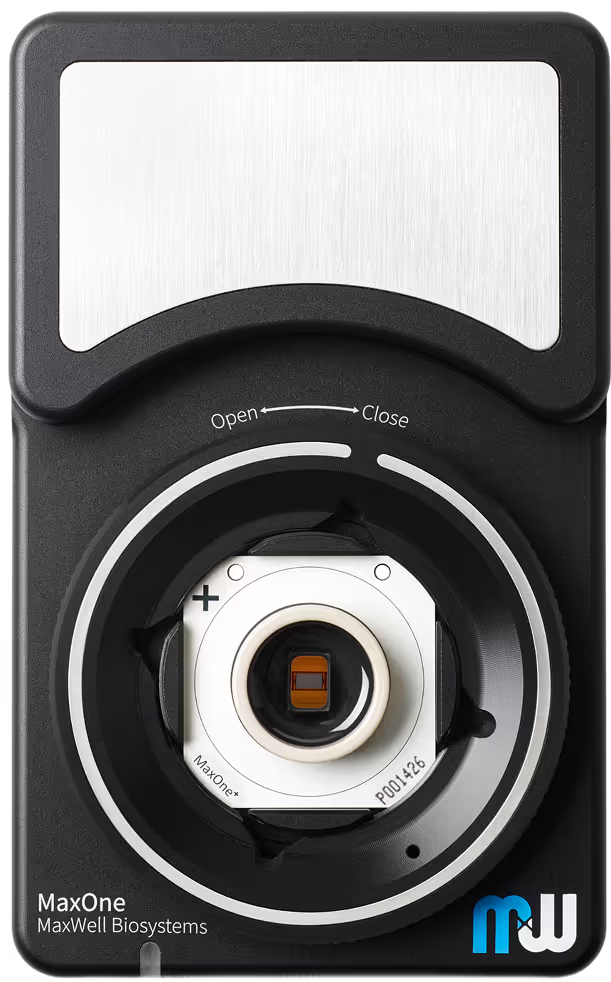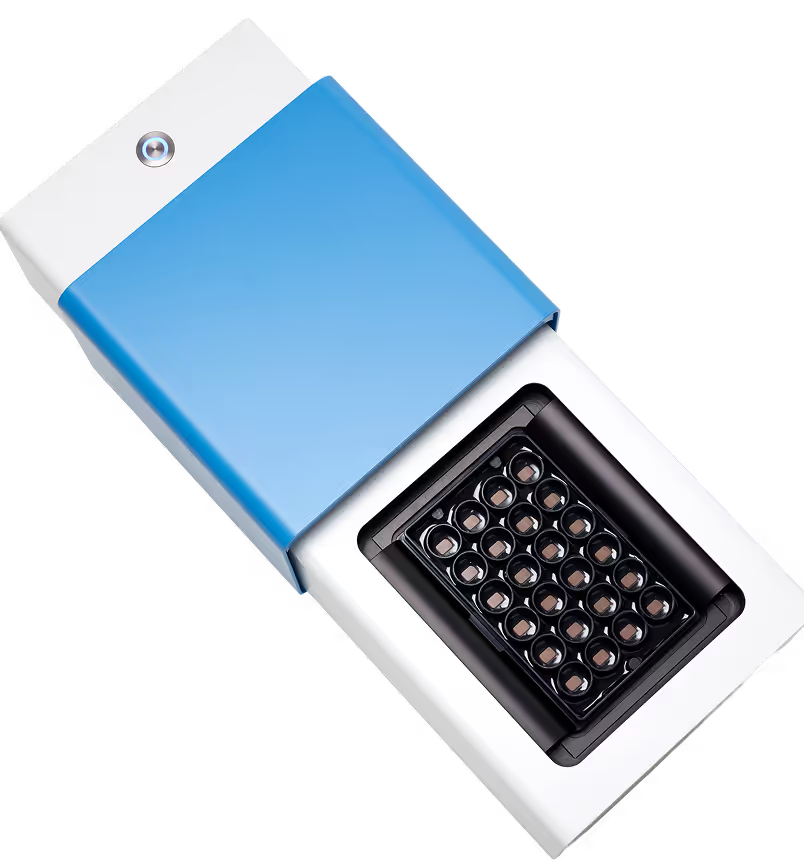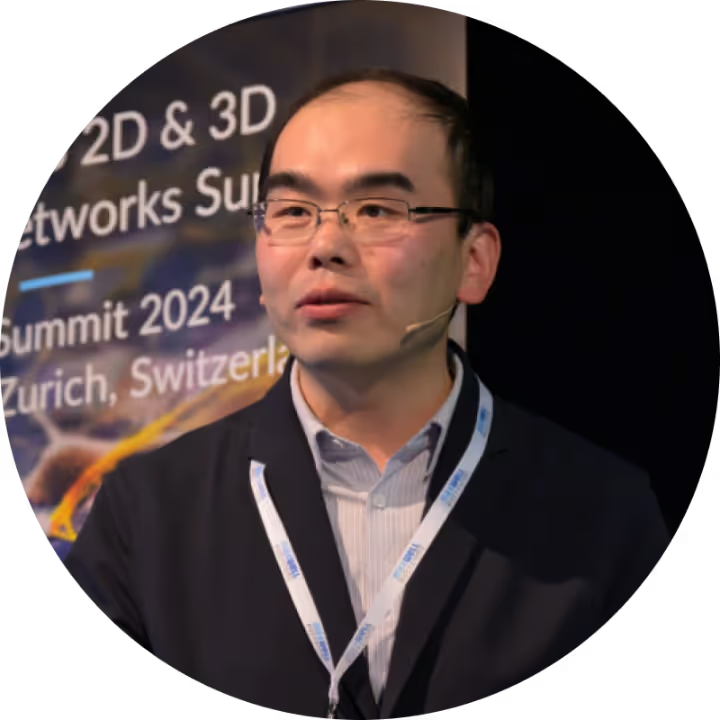
Every Cell has a Story to Tell
Accelerate discovery with
next-generation electrophysiology
Empower your research and drive innovation with high-density microelectrode arrays
Characterize
Explore the electrophysiological properties of your in-vitro brain models with high precision, from neuronal populations down to subcellular dynamics.
Screen
Scale up and accelerate your electrophysiological assays with unmatched efficiency, delivering results and insights that truly matter.
Control
Push the boundaries of electrophysiology by designing your own recording and stimulation paradigms or interfacing with engineered microstructures and devices.
Max
imize the potential of every cell and amplify it for every
Maximize the potential of every cell and amplify it for every Well
Well
Your Success, Our Commitment
Cutting-edge technology, tailored solutions, and expert support to drive your science forward.
Ultimate signal detection
Capture neuronal activity with unmatched fidelity from population networks to individual axons. Combining industry-leading low background noise with high electrode density, MaxWell Biosystems sets a new standard for superior MEA signal quality.
Versatile solution to your needs
Empower your research with HD-MEA platforms tailored to your workflow - from basic research to screening, neurocomputing, and beyond. Push the boundaries of MEAs with MaxWell Biosystems' advanced technology and interfacing capabilities.
Accessible knowledge hub
Accelerate your success by exploring easily accessible documentation, benefit from our personalized expert support and training, and connect with our collaborative user community during MaxWell Biosystems events.
Resources
An Implantable Biohybrid Neural Interface Toward Synaptic Deep Brain Stimulation

Application of a high-density microelectrode array assay using a 3D human iPSC-derived brain microphysiological system model for in vitro neurotoxicity screening of environmental compounds

Insulative Compression of Neuronal Tissues on Microelectrode Arrays by Perfluorodecalin Enhances Electrophysiological Measurements

Swift induction of human spinal lower motor neurons and robust ALS cell screening via single-cell imaging

Tellurium nanowire retinal nanoprosthesis improves vision in models of blindness

Synchronization of visual perception within the human fovea

A feedback-driven brain organoid platform enables automated maintenance and high-resolution neural activity monitoring

Human neuron subtype programming via single-cell transcriptome-coupled patterning screens

Chronic silencing of Drd1a-Cre+ neurons impairs dopaminergic-driven cortical activation

Targeting PGE2 mediated senescent neuron improves tumour therapy






.avif)
.avif)
